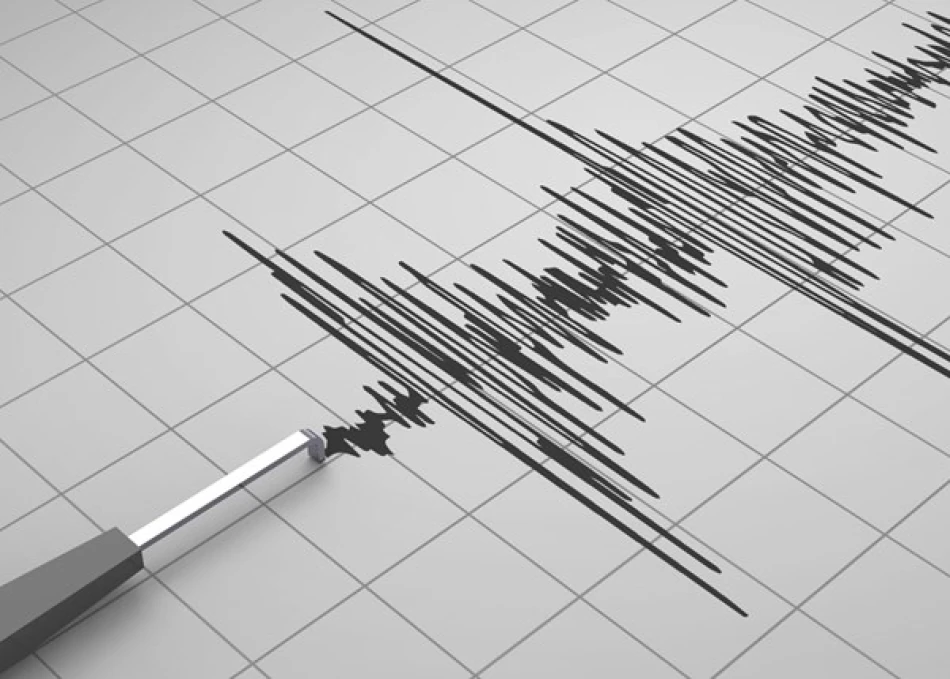
Powerful Earthquake Rattles Russia's Far East Region
Russia's Kamchatka Peninsula Hit by 6.2 Magnitude Earthquake Following Record-Breaking July Tremor
A 6.2 magnitude earthquake struck off the coast of Russia's Kamchatka Peninsula in the Far East, marking another significant seismic event in a region that experienced its most powerful earthquake in over seven decades just months ago. The latest tremor underscores the peninsula's position as one of the world's most seismically active zones, raising questions about increased geological instability along the Pacific Ring of Fire.
Latest Earthquake Details
According to the Kamchatka branch of the Unified Geophysical Service of the Russian Academy of Sciences, the earthquake occurred at a depth of 66.8 kilometers beneath the ocean floor. The epicenter was located 276 kilometers from Petropavlovsk-Kamchatsky, the peninsula's largest city and administrative center.
Residents in the area reported feeling tremors with an intensity of 3 points on the local scale, indicating noticeable but relatively mild ground shaking that would have been felt by most people indoors.
Context of Recent Seismic Activity
July's Historic Earthquake
This latest tremor follows a far more significant seismic event that struck the Kamchatka Peninsula on July 30, 2024. That earthquake registered 8.8 on the Richter scale, making it the most powerful earthquake to hit the region since 1952 – a span of more than 70 years.
The July earthquake was particularly notable as it represented one of the strongest recorded earthquakes globally in recent years, highlighting the extreme geological forces at work beneath this remote Russian territory.
The Pacific Ring of Fire Factor
Kamchatka Peninsula sits squarely within the Pacific Ring of Fire, a horseshoe-shaped zone around the Pacific Ocean known for frequent earthquakes and volcanic eruptions. The region experiences intense seismic activity due to the collision and subduction of several tectonic plates, including the Pacific Plate sliding beneath the North American and Eurasian plates.
Implications for Regional Stability
Population and Infrastructure Concerns
While Kamchatka is sparsely populated compared to other seismically active regions like California or Japan, the peninsula is home to approximately 315,000 people. Petropavlovsk-Kamchatsky, the region's economic hub, houses nearly half of this population and serves as a critical port for Russia's Pacific fleet.
The frequency of significant earthquakes raises ongoing concerns about infrastructure resilience, particularly given the region's harsh climate and remote location, which can complicate emergency response and reconstruction efforts.
Scientific Monitoring and Preparedness
The recent seismic activity provides valuable data for scientists studying earthquake patterns and prediction models. The combination of a historic 8.8 magnitude event followed by continued tremors offers researchers insights into how major earthquakes influence subsequent geological activity in highly active zones.
For local authorities, these events underscore the critical importance of maintaining robust early warning systems and emergency preparedness protocols, especially given the peninsula's strategic military importance and its role in Russia's Far East development plans.
The pattern of seismic activity in Kamchatka reflects broader trends observed in other Pacific Ring of Fire locations, where periods of relative quiet can be punctuated by intense seismic episodes that reshape understanding of regional geological risks.
Most Viewed News

 Layla Al Mansoori
Layla Al Mansoori






